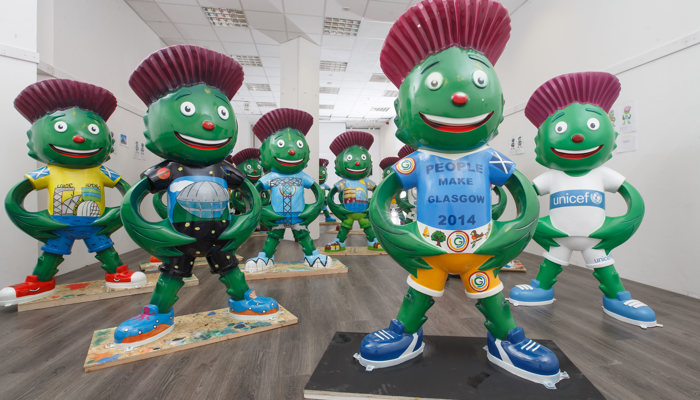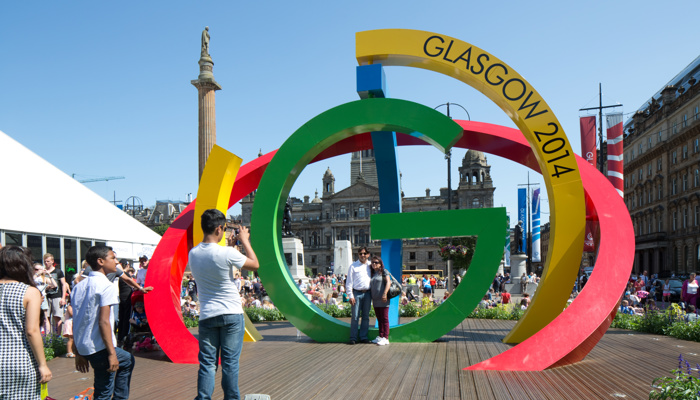
Culture

A commitment to culture
The Games featured exciting sporting action, but culture also took centre stage.
Festival 2014 was a cultural celebration which ran alongside the competition at venues across Glasgow.
There was also a nationwide programme called Culture 2014, which happened throughout the year.
The scale of the Glasgow 2014 Cultural Programme was unprecedented. It featured over 3,000 performances and 3,600 exhibition days.
The cultural events attracted around 2.1 million attendances. And 600,000 people took part in cultural activities.
Glasgow 2014 has helped change how culture features in major events in the city.
You can find out more by reading below.

Integrating culture into major sport events
Discover how Glasgow 2014 has changed the way cultural programming is used at international sport events in the city.
Find out moreThe Big G
The Big G sculpture was a focal point during the Glasgow 2014 Commonwealth Games and a selfie hotspot.
Throughout the Games, local people, visitors, and athletes lined up in George Square to get their picture with the sculpture. Its popularity led to the Big G going viral on social media.
The 18-foot structure was an iconic backdrop of the Games and featured heavily in the coverage of Glasgow 2014.
The Big G remains a landmark in the heart of the city after moving to its new home in Glasgow Green.
A visible legacy of the Games

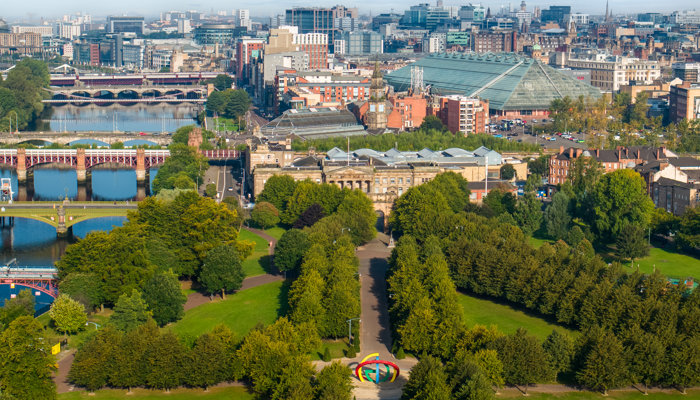
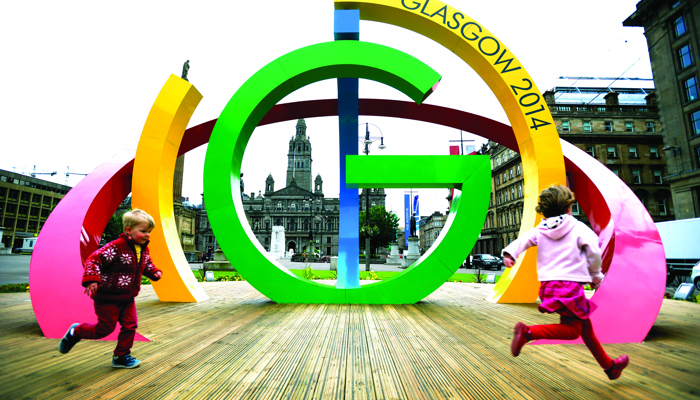
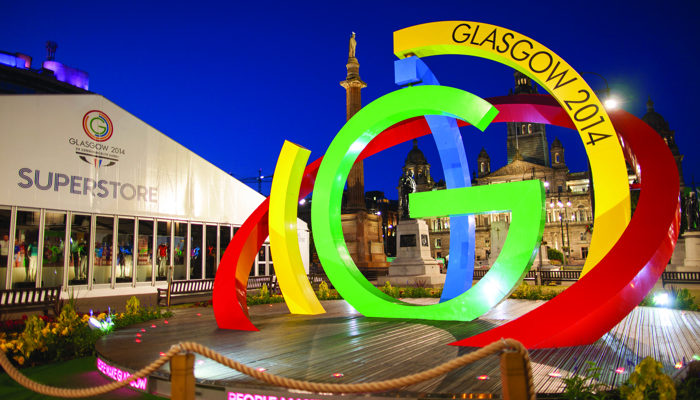
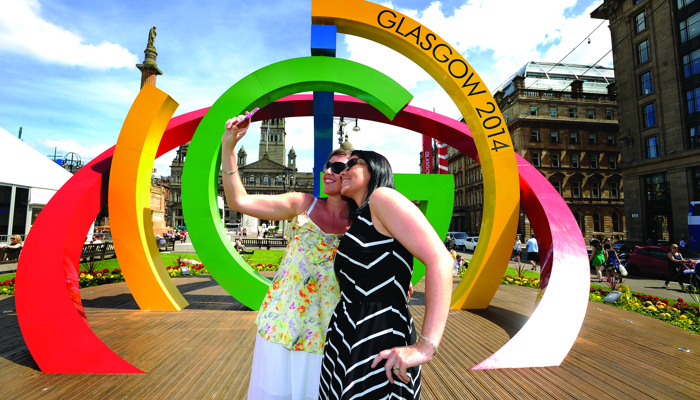
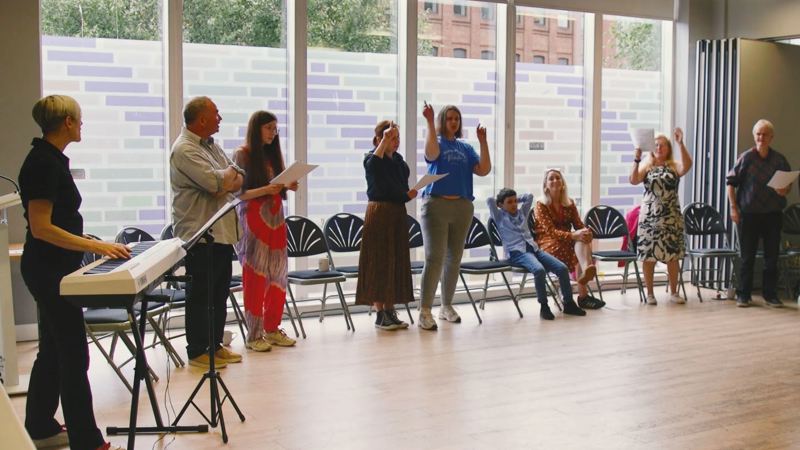
Velocity
Velocity is a cultural initiative which was created as part of Glasgow 2014. Find out more about the cultural legacies delivered by the project.
More about VelocityClyde mascot statues

A friendly face
Clyde was one of the faces of Glasgow 2014 and popped up throughout the event.
The mascot was hugely popular and met with thousands of school children, athletes and even the Duchess of Cambridge.
Twenty-five fibreglass statues of the cartoon thistle were spread around Glasgow before the Games started.
The life-sized statues made up Clyde’s Trail, which was an instant hit.
Hundreds of thousands of people hunted for the statues and took pictures with them.
The designs for the statues were submitted by school and nursery pupils. They were then produced by local and national artists.
These much-loved statues are another visible legacy of the Games and can still be found in every council ward across the city.
If you visit a Commonwealth Games venue, museum, or library in Glasgow, you’ll likely be greeted with the friendly face of Clyde.
Clyde mascot trail


